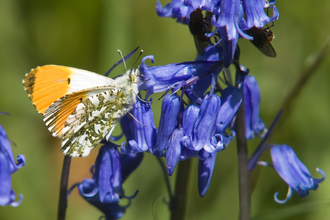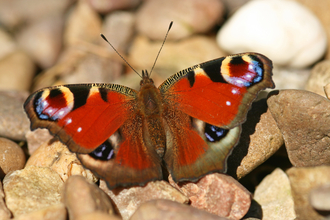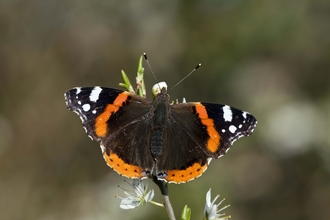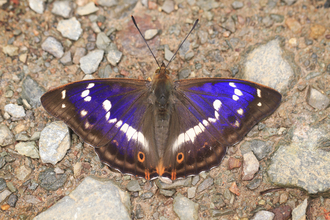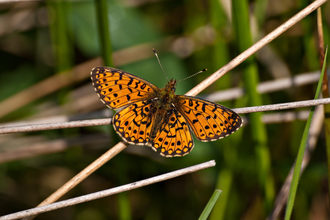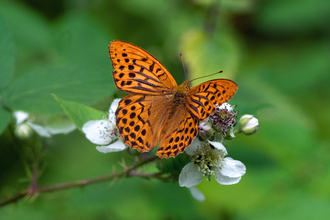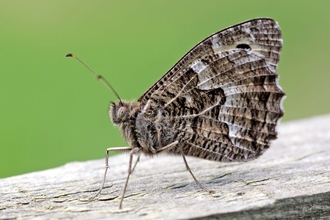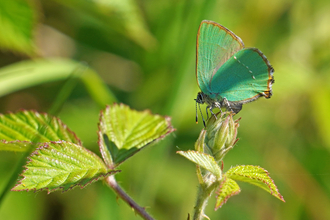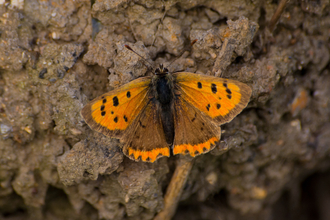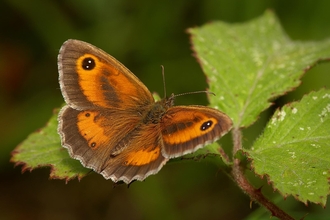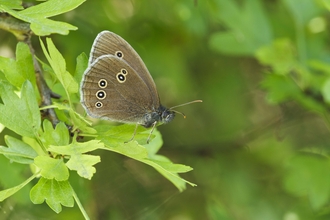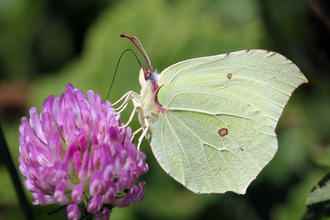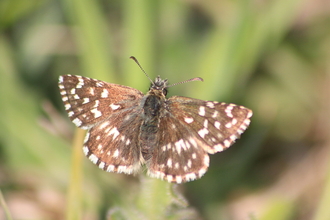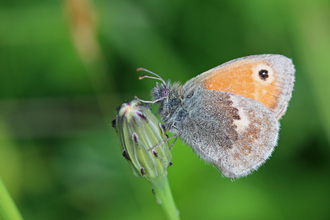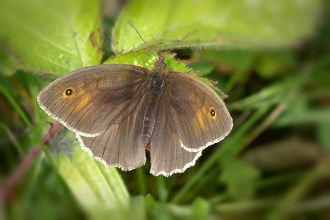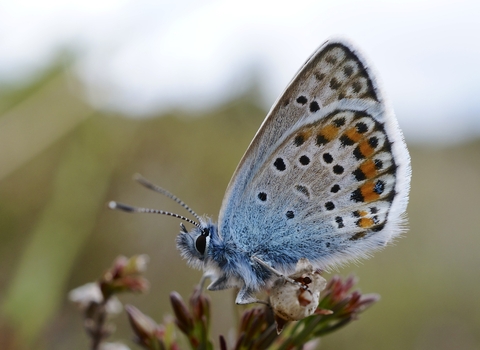Big Butterfly Count
Butterflies are one of the most recognizable types of insects. They come in different sizes, with different colours and patterns, but their shape is unmistakable. When they first begin to appear in spring, they are a welcome sign that summer is well on the way. And you don't have to go far to spot one on nice sunny days.
Like other insects, butterfly numbers have been declining for decades, but there have been dedicated conservation efforts to create and protect special habitats for a variety of butterflies across the UK and there are ongoing monitoring efforts to track numbers. Our friends at Butterfly Conservation are running the 2023 Big Butterfly Count from 14th July until the 6th August and we encourage as many people to take part as possible to help give a picture of current butterfly numbers. Why? Because by constantly monitoring the numbers of any types of wildlife allows conservation organisations to gather essential data on how successful conservation efforts have been and what could be done to make them even more effective.
Some species of butterfly are dependent on very specific habitats such as heathland or grasslands, but some of our most common species benefit from a good mixture of different habitats to find nectar through different months. And gardens play an important role for them...which means that your garden is a great place to start counting!
Some of species you might see in your garden, feeding on flower beds or even flower pots, include:


